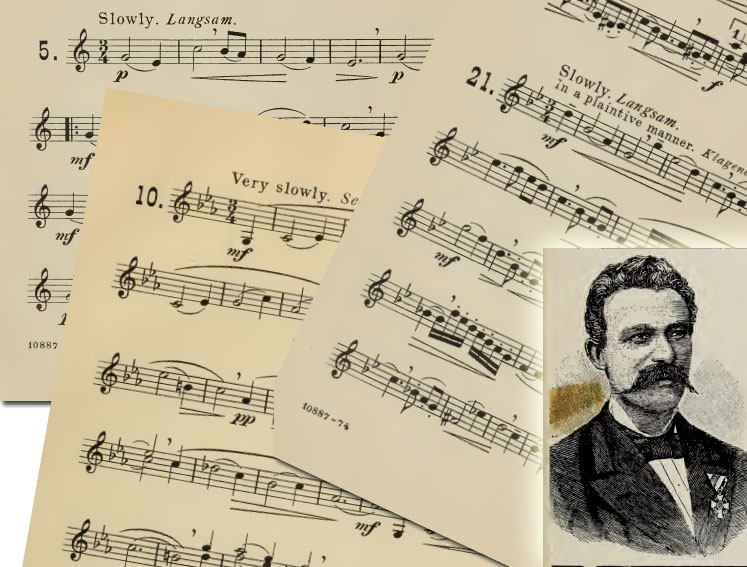- Details
- Written by: Ricardo Matosinhos

Nowadays technology has a big presence and impact in out lives, why don't we make it useful for the music?
So... here are some of my favorite music apps for Android, iOS, Mac and Windows

- Details
- Written by: Ricardo Matosinhos
The embouchure and body endurance of a horn player are directly proportional to the quantity of energy available and to the way of playing. It a process that can be compared to a car…
How to drive longer distances faster and increase your fuel economy at the same time?
- Details
- Written by: Ricardo Matosinhos
Articulations on the horn might be confusing because sometimes the rhythm given by the articulations differs from the rhythm given by the notes. There are some scores with simple pattern slurs, but sometimes also alternating longer and shorter phrases...
Singing is the easiest way to understand articulations and, depending on the situation. I usually do three different exercises for practicing articulations on the horn.
For english subtitles, please press the button below the video.
- Details
- Written by: Ricardo Matosinhos
We play with a relatively small mouthpiece on the horn, on a considerable wide range! Usually horn players push the jaw forward for the low range. There is one exercise I like to do for practicing the jaw movement by alternating 2 overtone series.
These exercises are included in the Horn365 method
For English subtitles, please press the button bellow the video
- Details
- Written by: Ricardo Matosinhos
One of the most frequent questions asked by horn beginners is:
"What's the reason for all those tubes, and how can you play all the notes only using 3 keys?"
In this video I will explain the 7 fingerings first using the tube lengths, then the name of each horn.
For English subtitles, please press the button below the video.
